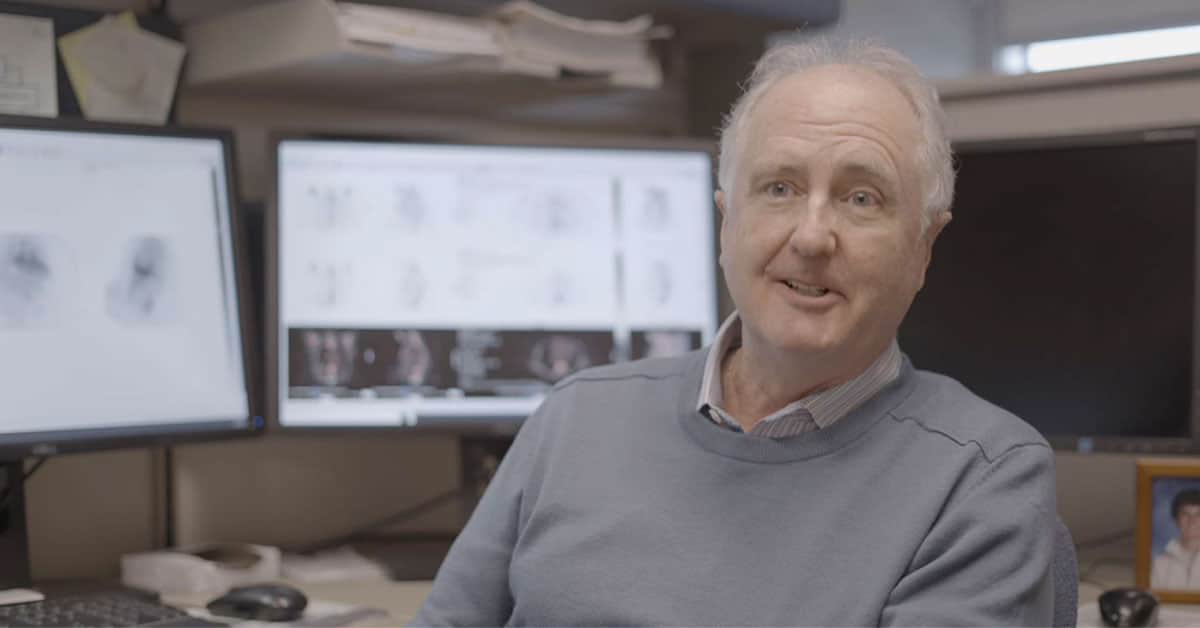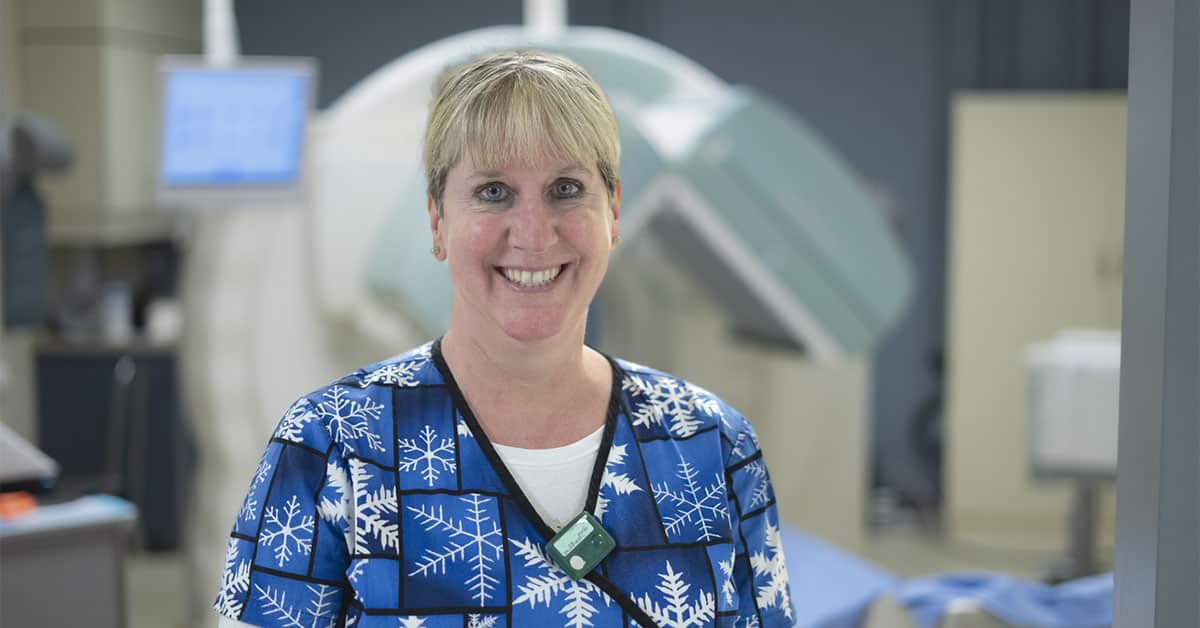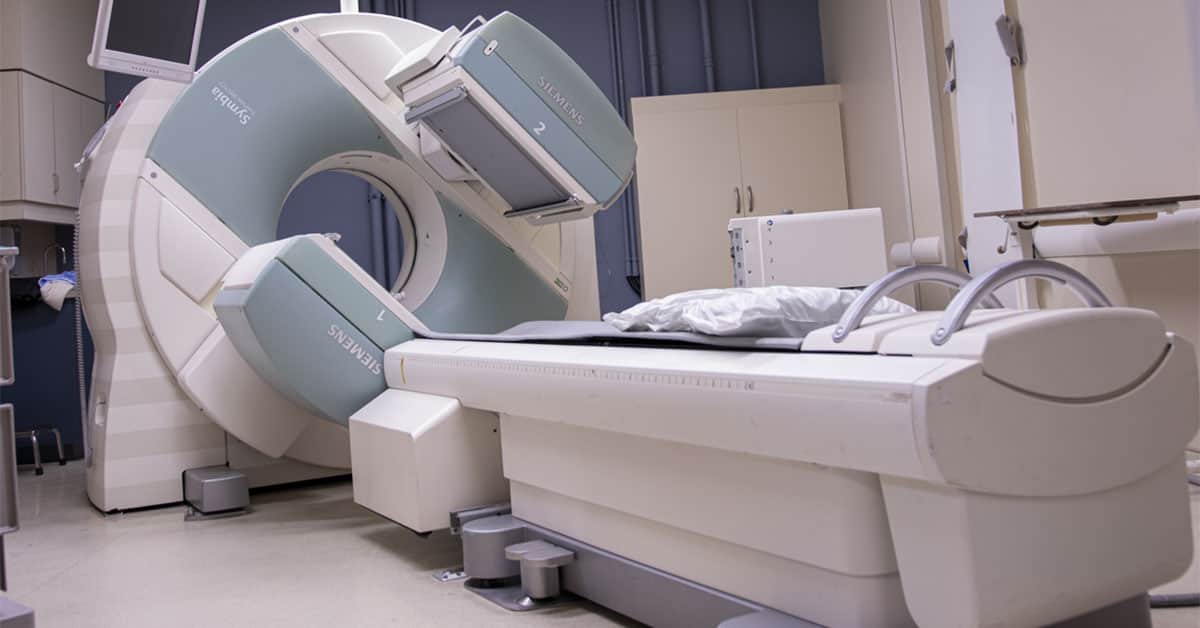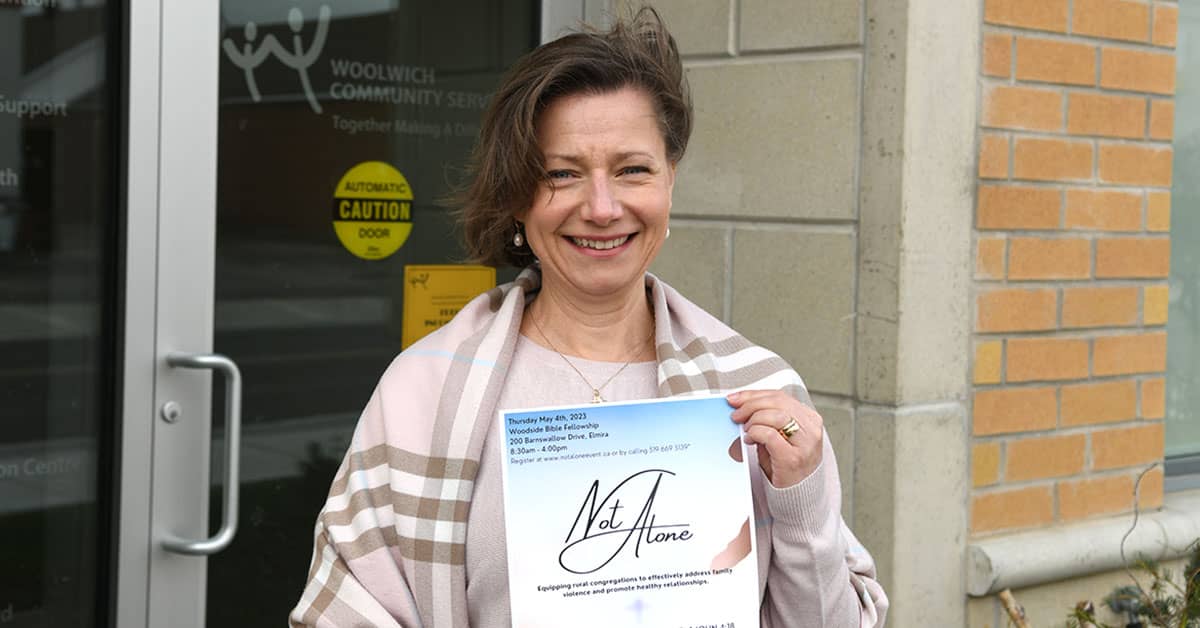The St. Mary’s General Hospital Foundation has launched a fundraiser to replace a vital piece of medical imaging at the hospital.
The equipment, known as a SPECT-CT camera, captures three-dimensional images of organs. Unlike an X-ray scan, SPECT-CT uses a radioactive substance to examine a specific area of a body. The hospital currently has one of these cameras; however, it is 17 years old and is often having to be shut down for maintenance. The foundation needs to raise $3.6 million to purchase two new cameras.
According to Dr. Rick Dubeau, medical director of the regional nuclear medicine program for St. Mary’s and Grand River Hospital, the SPECT-CT camera is used with other imaging techniques, such as an MRI or X-ray to help tell the full picture of what is happening with a patient.

“It’s much more common to need two or three modalities applied in the same disease process, rather than getting the answer from just one. So that’s why you’ll often see patients go for an ultrasound and they need a CT then they might suggest an MRI or a different medicine study. That kind of healthcare route is very common because each modality answers different questions… Sometimes the nuclear medicine modalities are the best modality to apply to answer a certain question,” he explained.
Often doctors may know that their patients have a condition, such as cancer in a certain organ or part of the body, but need the SPECT-CT scan to get an accurate picture of the disease.
“Many of our cancer patients are being staged. Many of our patients are cardiac patients that have either had heart surgery, or have symptoms that may lead to heart surgery. So our studies help define the abnormalities in the heart. It’s right up there with the necessity for CT and MRI. We need nuclear medicine as much as you need any of those other modalities,” Dubeau said.
However, with old equipment and 7,000 patients cared for annually, delays in maintenance can leave patients without another option, said Stacey Gallo, a nuclear medicine technologist at St. Mary’s.

“[When] we are postponing those tests for the patients because we know that their tests really should be done with the CT element, we don’t want to do their images just to do their images…So for our cameras to go down just means tests are now being prolonged, which we never like to see. The patients don’t want to see that and we take it quite personally too because we care very much about our patients,” Gallo said.
Some situations require urgent attention that could be a matter of life and death, Dubeau explained.
“We do some studies, for example, like in lung scans where you have blood clots to your lungs. That’s a very urgent study that has to be done and it has to be done that day. And then you have to start treatment that day… Other types of studies for cancer spread to the skeleton, that is something that isn’t going to be life or death today, but you want to have that answer relatively soon so that you can get on with the appropriate therapies,” he said.
Those wanting to donate can do so via https://supportstmarys.ca/give.









